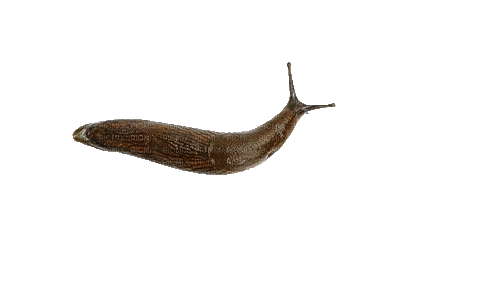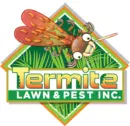Beneficial Insects in Pest Control

Pests are a constant problem in the world of agriculture and gardening. Instead of using chemicals that can be harmful to the environment and to human health, more and more gardeners and farmers are opting for natural pest control solutions. One of these solutions is the use of beneficial insects. These insects are nature’s own pest controllers. They play a vital role in pest control and are such an important part of a healthy ecosystem.
The Role of Beneficial Insects
Beneficial insects play an important role in the control of pest populations by consuming or parasitizing pests. For example, ladybugs feed on aphids and mites, which are soft-bodied insects that can damage crops. Lacewings eat aphids and mealybugs, as well as other small insects. Parasitic wasps, on the other hand, lay eggs inside pest insects and kill them.
Attracting and Supporting Helpful Bugs
There are a number of ways you can attract and keep beneficial insects in your garden or on your farm. Plant a variety of flowering plants to attract them. These plants will provide nectar as well as pollen for insects to feed on. They will also provide a habitat for insects to lay eggs and for insects to hide in. The University of Florida provides a list of plants here.
Don’t use broad spectrum pesticides. Pesticides can be harmful to beneficial insects just as they can be harmful to pests. Use targeted insecticides instead, or use natural alternatives such as neem oil and insecticide soaps.

Examples of Beneficial Insects
- Ladybugs: As mentioned earlier, ladybugs are excellent predators of aphids, scale insects, and mealybugs.
- Praying Mantis: These well-known predators feed on a variety of insects, from caterpillars and beetles to small rodents.
- Ground Beetles: These nocturnal insects prey on slugs, snails, caterpillars, and other pests that lurk in the soil.
- Hoverflies: Adult hoverflies feed on nectar and pollen, while their larvae prey on aphids, thrips, and other soft-bodied insects.
The Importance of Integrated Pest Management (IPM)
Integrated Pest Management (IPM) is a multi-faceted approach to pest management that incorporates beneficial insect use, cultural techniques, and appropriate pesticide use. IPM allows farmers or gardeners to control pest populations while reducing environmental impact and protecting natural ecosystems.
Prevention is the foundation of IPM. This includes putting plants in the right place, selecting pest-resistant plants, and keeping plants healthy with proper watering and fertilization.
The following methods can help you avoid problems:
- Think carefully before you plant. Placing plants in the wrong spot can cause stress and make them more vulnerable to harmful organisms.
- Don’t wait until it’s too late. Start IPM early by choosing pest-resistant and disease-resistant plants at planting time.
- Keep your plants healthy by using appropriate amounts of water and fertilizer, which serves as the best defense against pests.
Regularly scout your yard’s plants. Keep an eye out for pest problems to detect them early, before significant damage occurs.
- Water and fertilizer should be used sparingly. Too much of either can cause overgrowth, making plants more susceptible to insects and diseases. Apply fertilizer and water sparingly and in moderate amounts.
- Cut the grass to the right height and cut selectively. Cutting the grass too short weakens the tree or shrub and can lead to issues.
- Encourage beneficial insects by learning to recognize the insects in your garden that help manage pests, and let them keep doing their job!

Beneficial insects play a vital role in the fight against pests. By recognizing their importance and creating ways to attract them, we can decrease the use of harmful pesticides and develop more sustainable agriculture and gardening methods. So the next time you see a ladybug or praying mantis buzzing around your yard, don’t forget to thank them for playing a vital role in pest control!

